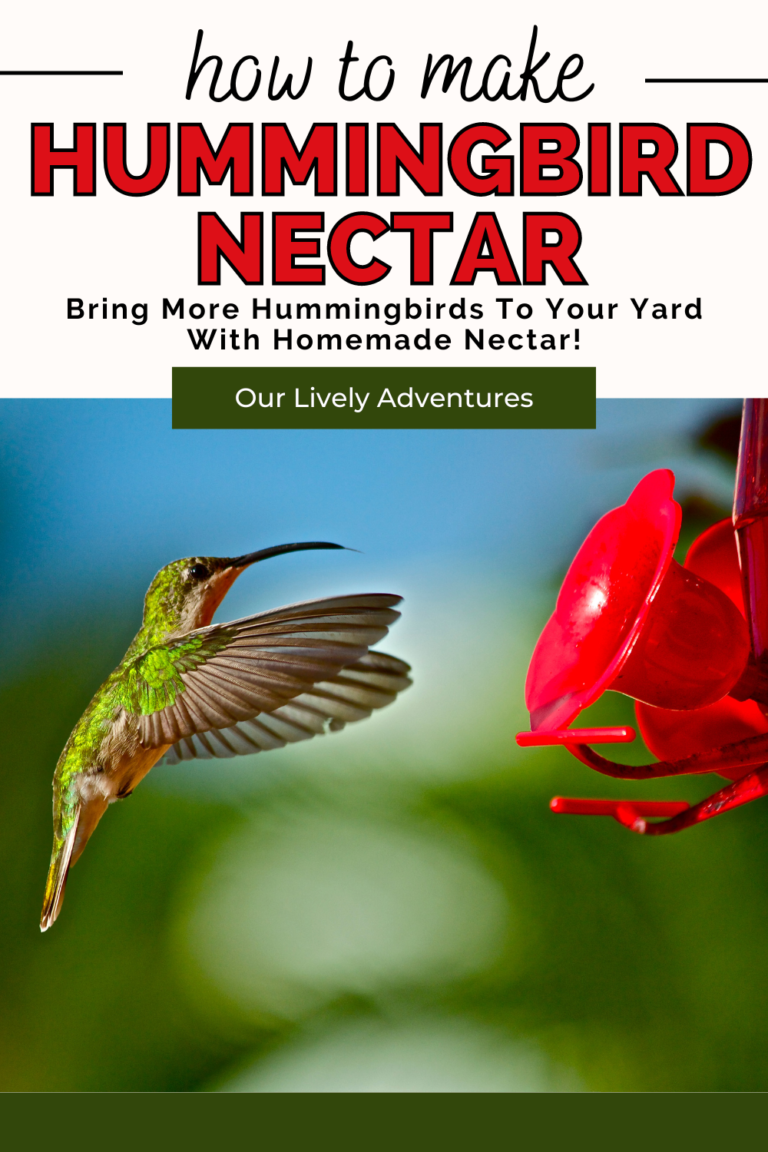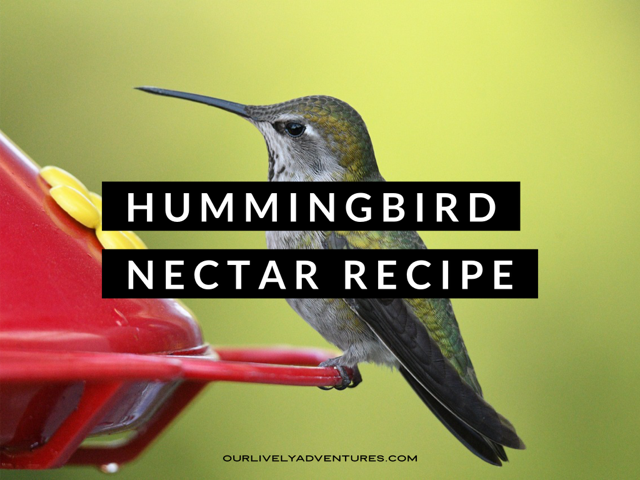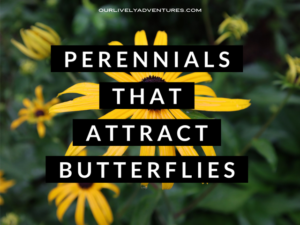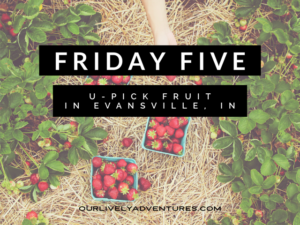They say “bird watching” as a hobby sneaks up on you in your 30s. I’m here to say that “they” aren’t lying. I turned 37 this year and just in the last few months I have become so mesmorized by watching the birds in my yard. So much so that I went from 1 bird feeder to 4 in record time.
One of my favorite little feathered friends to watch are hummingbirds. I always loved watching them dart around the yard drinking from my hosta flowers and whatever other tubular flowers that happened to be growing in my garden. This year I put up a designated hummingbird feeder to see if I could bring even more hummers to the yard.
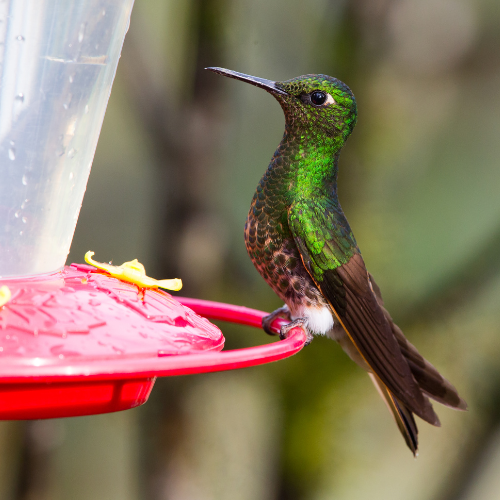
Let’s just say, my plan worked! I have so many hummingbirds in my yard now and its glorious! That being said, the tiny little babes go through A BUNCH of nectar! Lucky for me, making my own hummingbird nectar is SUPER easy and SUPER inexpensive. All it takes is 2 ingredients, granulated sugar and water. That’s it!
Love learning about birds? Check out this post all about Our Backyard Birds!
What Do Hummingbirds Eat?
A hummingbirds diet is made up of mostly nectar, either from flowers or from a man-made nectar solution. They are especially attracted to red, tubular shaped flowers.
Hummingbirds also dine on small insects (larvae, eggs, spiders, etc), sap, pollen, and fruit.
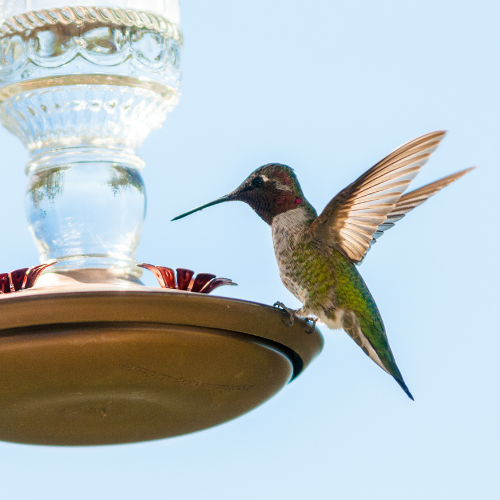
What's Wrong With The Red Hummingbird Solution?
Science has shown that hummingbirds are especially attracted to red floweres. Red dye was orginally added to hummingbird nectar to help attract the birds, but now that almost all hummingbird feeders are red or are decorated with a red flower, the red dye is unnecessary.
While I don’t believe science has proven it completely, hummingbirds who have been fed red dye have been linked to higher mortality rates and more likely to develop tumors.
How To Make Nectar For Hummingbirds
Why buy store bought nectar when making your own is so simple and inexepensive.
To make hummingbird nectar, mix 1 part white granulated sugar with 4 parts water. For example, you can mix 1 cup of sugar with 4 cups of water. Heat the mixture on the stove until the sugar has dissolved, stirring occasionally. Once the sugar has dissolved, remove the mixture from the heat and let it cool to room temperature.
It is important to note that you should never use honey, artificial sweeteners, or red dye in your hummingbird nectar. Honey can be harmful to hummingbirds, artificial sweeteners have no nutritional value for them, and red dye may be harmful to their health.
Clean your hummingbird feeder thoroughly before refilling it with fresh nectar. Store any excess nectar in the refrigerator for up to one week. Remember to change the nectar in your feeder every 3-5 days, or more frequently if the weather is hot or the nectar appears cloudy.
